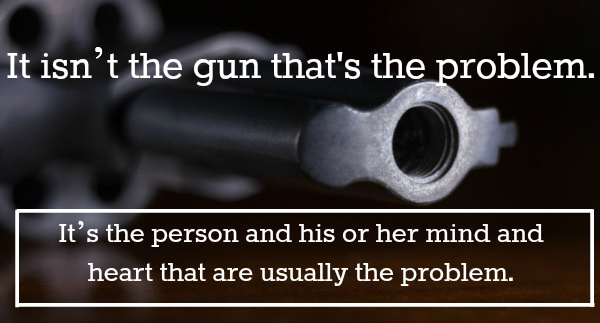Whenever we have a shooting in America, there is the inevitable call for more gun control. And the focus is usually on the guns rather than the people who are using the guns. In his new book, American Contempt for Liberty, professor and columnist Walter Williams has a previously published column asking, “Are Guns the Problem?” He reminds us of a few historical facts.
A century ago, the National Rifle Association helped establish 73 NRA-affiliated high school rifle clubs. I have even had people call my radio program talking about how they used to bring their rifles to school, set them up in the back of the classroom, and go out shooting after class.
Walter Williams also writes about gun availability. Catalogs and magazines from the 1940s through the 1960s were full of gun advertisements directed to children and parents. One article provided guidance to parents. The National Shooting Sports Foundation published, What Every Parent Should Know When a Boy or Girl Wants a Gun. The 1902 Sears mail-order catalog has 35 pages of firearm advertisements.
In previous generations if you wanted a gun, you could send in your money, and the manufacturer would ship the firearm to you. Or you could walk into a hardware store and buy a gun. Few states even had age restrictions on buying guns.
Walter Williams asks an obvious question. “Why—at a time in our history when guns were readily available, when a person could just walk into a store or order a gun through the mail, when there were no FBI background checks, no waiting periods, no licensing requirements—was there not the frequency and kind of gun violence that we sometimes see today, when access to guns is more restricted?”
Good question. We can point to other factors: the breakdown of the family, the loss of moral standards of conduct, violence on television and the movies. We can make a long list. It isn’t the gun that’s the problem. It’s the person and his or her mind and heart that are usually the problem.
 Listen Online
Listen Online Watch Online
Watch Online Find a Station in Your Area
Find a Station in Your Area









 Listen Now
Listen Now Watch Online
Watch Online
